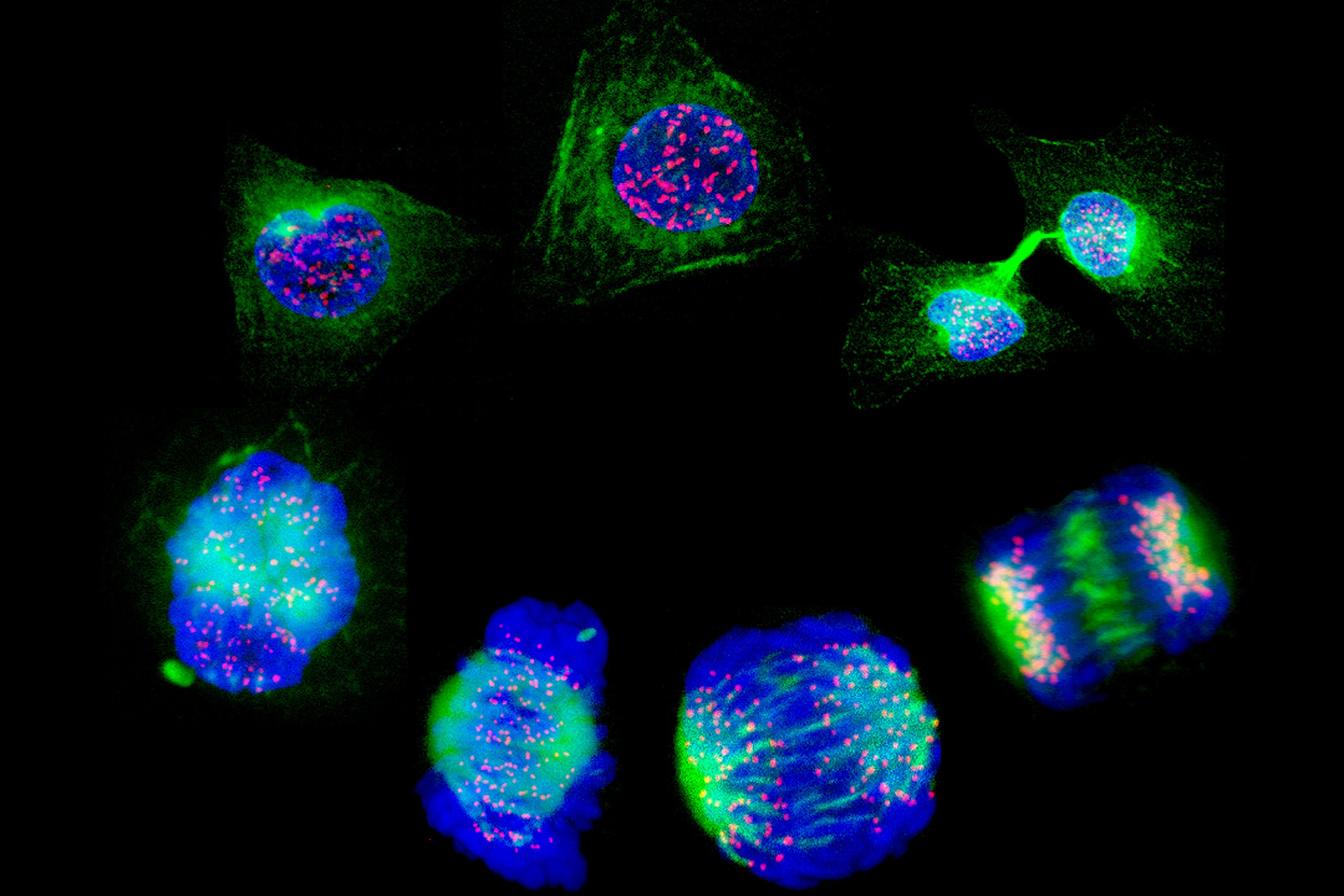The genome of chickens has been edited to make them partially resistant to infection with avian influenza.
In a proof-of-principle study, published in Nature Communications, researchers created genome-edited chickens which were significantly more resistant to infection with bird flu than wild-type chickens. When exposed to a normal dose of the bird flu virus, only one out of ten genome-edited chickens became infected (in contrast to ten out of ten control, 'wild type' chickens).
'Bird flu is a great threat to bird populations.' Professor Mike McGrew, co-senior author of the study from the Roslin Institute at the University of Edinburgh, said: 'Gene-editing offers a promising route towards permanent disease resistance, which could be passed down through generations, protecting poultry and reducing the risks to humans and wild birds.'
Although rare, transmission of bird flu from birds to humans can occur, with some strains of bird flu leading to severe disease and mortality. It is also feared that strains of bird flu more infectious to humans, with pandemic potential, may emerge, as bird flu becomes more widespread.
The researchers made minor modifications to a specific gene known as ANP32A, the protein product of which the bird flu virus replicates within the chicken cells. The modifications prevent the virus from being able to use the protein while having no known detrimental effect on normal cellular function.
The CRISPR/Cas9 genome editing approach was used to edit primordial germ cells, which are the precursors to egg and sperm cells, in chicken embryos. The edits were passed down to subsequent generations. The genome-edited chickens were monitored for more than two years, and no visible side effects were observed.
A significant limitation of the study is the fact that the genome edits reduced, but did not abolish, bird flu infections. In fact, when challenged with a high dose of virus, five out of ten genome-edited chickens became infected. Further investigations showed that the resulting infections were bypassing the mutations in ANP32A as well as using other members of the ANP32 gene family, which are more similar to mammalian versions of ANP32 genes.
Dr Colin Butter, programme leader in bioveterinary science at the University of Lincoln, who was not involved in the study, said: 'Effective resistance to highly pathogenic avian influenza, such as is circulating presently in the UK, could be of very significant benefit. However, further work would be required to test protection conferred by these genetic alterations against these much more aggressive circulating field viruses.'
The authors of the study propose that further genome edits may completely prevent the infection of chickens with bird flu, but have so far only demonstrated this in cell culture experiments, and note that these edits in chickens would likely affect the bird's growth and health.
Professor Wendy Barclay, co-senior author of the study and head of the department of infectious disease at Imperial College London, said: 'Although we haven't yet got the perfect combination of gene edits to take this approach into the field, the results have told us a lot about how influenza virus functions inside the infected cell and how to slow its replication.'
Sources and References
-
Gene-edited chickens take significant step in bird flu fight
-
Gene-edited chickens show promise in fight against bird flu
-
Creating resistance to avian influenza infection through genome editing of the ANP32 gene family
-
Chickens made resistant to bird flu with CRISPR gene editing
-
In 'proof of concept,' CRISPR-engineered chickens shrug off flu




Leave a Reply
You must be logged in to post a comment.